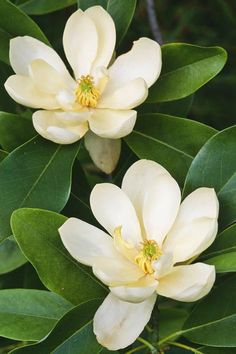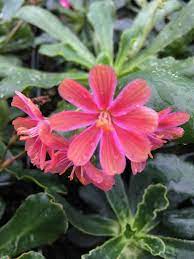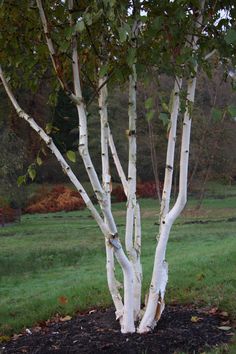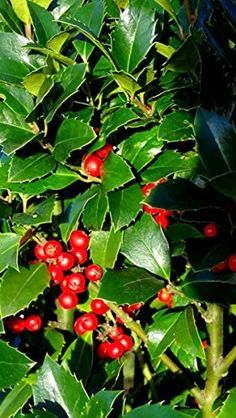Magnolia – “Varieties” 3 Ltr
£18.00
Out of stock
Magnolia – Varieties Plant Description:
Magnolias are iconic flowering trees and shrubs known for their large, fragrant blossoms and often ornamental characteristics. There are numerous magnolia species and cultivars, each with its unique features. Here’s a general description covering various magnolia varieties:
Plant Type:
Magnolias include both deciduous and evergreen species, ranging from large trees to compact shrubs.
Foliage:
Deciduous Magnolias: Shed their leaves in fall, showcasing bare branches in winter.
Evergreen Magnolias: Retain their leaves throughout the year.
Leaf Shape: Variable, ranging from elliptical to oblong, depending on the species.
Flowers:
Blossoms: Magnolias are renowned for their large, showy flowers that come in various colors, including white, pink, purple, and yellow.
Fragrance: Many magnolia varieties have fragrant blossoms, adding to their appeal.
Blossom Types: Some magnolias have cup-shaped flowers, while others have star-shaped or saucer-shaped blooms.
Bloom Time:
The flowering period varies among different magnolia varieties, with some blooming in early spring and others in late spring to early summer.
Fruit:
After flowering, magnolias produce cone-like fruits or seed pods.
The fruits often add an interesting visual element to the tree but are generally not a primary ornamental feature.
Growth Habit:
Tree Form: Magnolias can grow into large, spreading trees with a rounded crown.
Shrub Form: Some varieties are more compact, taking on a shrub-like growth habit.
Size:
Magnolia sizes can vary widely. Some species can reach towering heights, while others are more suitable for smaller gardens or containers.
Hardiness:
Magnolias are adapted to different hardiness zones, depending on the species or cultivar.
Sun Requirements:
Magnolias generally prefer full sun to partial shade.
Some evergreen varieties may benefit from protection against intense afternoon sun.
Soil Conditions:
Well-draining, slightly acidic to neutral soil is ideal for most magnolia varieties.
Organic-rich soil promotes optimal growth and flowering.
Moisture Needs:
Regular watering is crucial, especially during dry periods or when the tree is establishing itself.
Uses:
Magnolias are versatile and can be used as specimen trees, focal points in gardens, or as ornamental shrubs.
Evergreen varieties are suitable for creating year-round interest.
Cultural Significance:
Magnolias have cultural and historical significance in many regions, and some species are considered ancient in the plant kingdom.
Pruning:
Pruning requirements vary. Minimal pruning may be needed for shaping or removing dead or damaged branches.
Prune deciduous magnolias after flowering.
Notable Varieties:
Southern Magnolia (Magnolia grandiflora): Known for its large, glossy leaves and creamy-white, fragrant flowers.
Saucer Magnolia (Magnolia × soulangiana): Recognized for its early spring blooms with large, saucer-shaped flowers in pink, white, or purple.
Star Magnolia (Magnolia stellata): Noted for its star-like, white flowers and compact habit.
When choosing a magnolia variety, consider your climate, space availability, and desired features. Each variety brings its own charm and unique characteristics to the garden, making magnolias a beloved choice among gardeners.
| Flower Colour |
TBC |
|---|---|
| Root Type |
TBC |
| Foliage Colour |
TBC |
| Soil Type |
TBC |
Only logged in customers who have purchased this product may leave a review.







Reviews
There are no reviews yet.